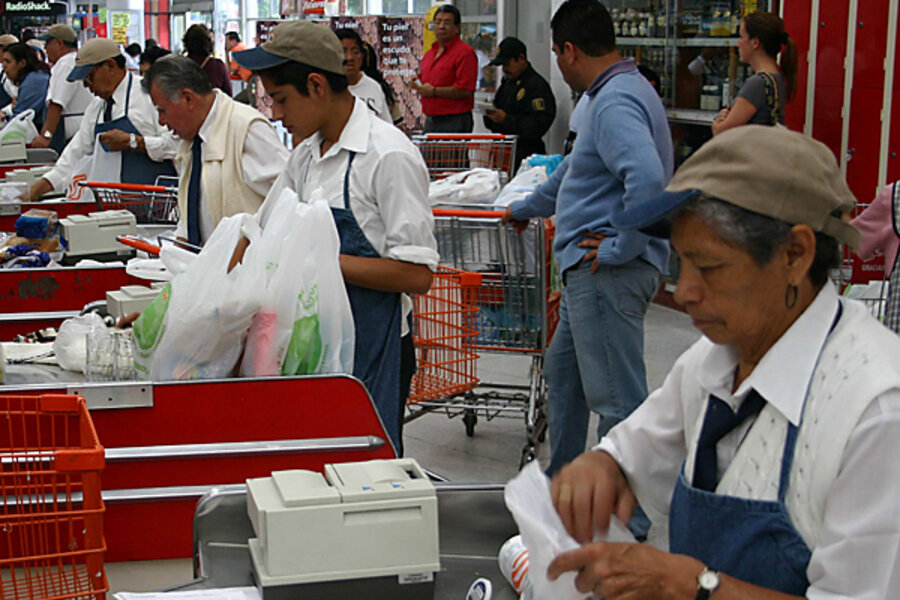Will Mexico City go green?
Loading...
Young people may have more imagination than older people. This article talks about Mexico City today and the vision that at least three young people have to get rid of cement and rediscover rivers around the city's center. To quote the article;
"Look, they say, at the odd bend in the six-lane freeway, the Viaducto Miguel Alemán; or on the side streets, at the thicket of especially large trees. Better yet, walk the median, stare down the sewer grates and glimpse the cause: the Río Piedad, or Pity River.
To most urban eyes, it is just a hidden canal of trash and feces, paved over since 1952. But to these three, among others, it is a symbol of history lost, and perhaps regained. Ignore the cough, cough of exhaust, the stink and the cost, they shout over the traffic — think bliss."
Boston's Big Dig has reconnected that city to its water.
Two years ago, the NY Times wrote a similar article about Seoul, South Korea rediscovering its rivers and reclaiming its title as a "Green City".
What is going on? I would predict that rising education and per-capita income nudge such major cities to "demand green". This was the major theme of my 2006 Green Cities book.
There are costs and benefits to making the transition to being a "Green City"
"Manuel Perlo Cohen, an economist at the Autonomous University of Mexico who coordinated the rehabilitation plan for the Río Magdalena, said that figure was far too low: “If you are going to clean that water, you have to build sewage treatment plants, which can be done, of course, but it means huge investments and a place to build them."
Mexico City will learn that its "human capital stock" is the key to its long run development and the city's leaders have the right incentives to provide an economic environment that is healthy and pleasing to attract and retain the skilled.
US cities such as Chicago, Los Angeles, New York City and Boston have made the Brown City to Green City transition. Beijing is entering this phase now and I predict that so will Mexico City.
An open question is how engineering progress over time lowers the cost of becoming a "green city"? How much as the cost of a quality adjusted sewage treatment system fallen over time? I have repeatedly asked engineers this question and haven't received a good answer.
If demand for green cities is rising and it is becoming easier to "supply" greenness then one should be optimistic about near term progress.
Add/view comments on this post.
--------------------------
The Christian Science Monitor has assembled a diverse group of the best economy-related bloggers out there. Our guest bloggers are not employed or directed by the Monitor and the views expressed are the bloggers' own, as is responsibility for the content of their blogs. To contact us about a blogger, click here. To add or view a comment on a guest blog, please go to the blogger's own site by clicking on the link above.





